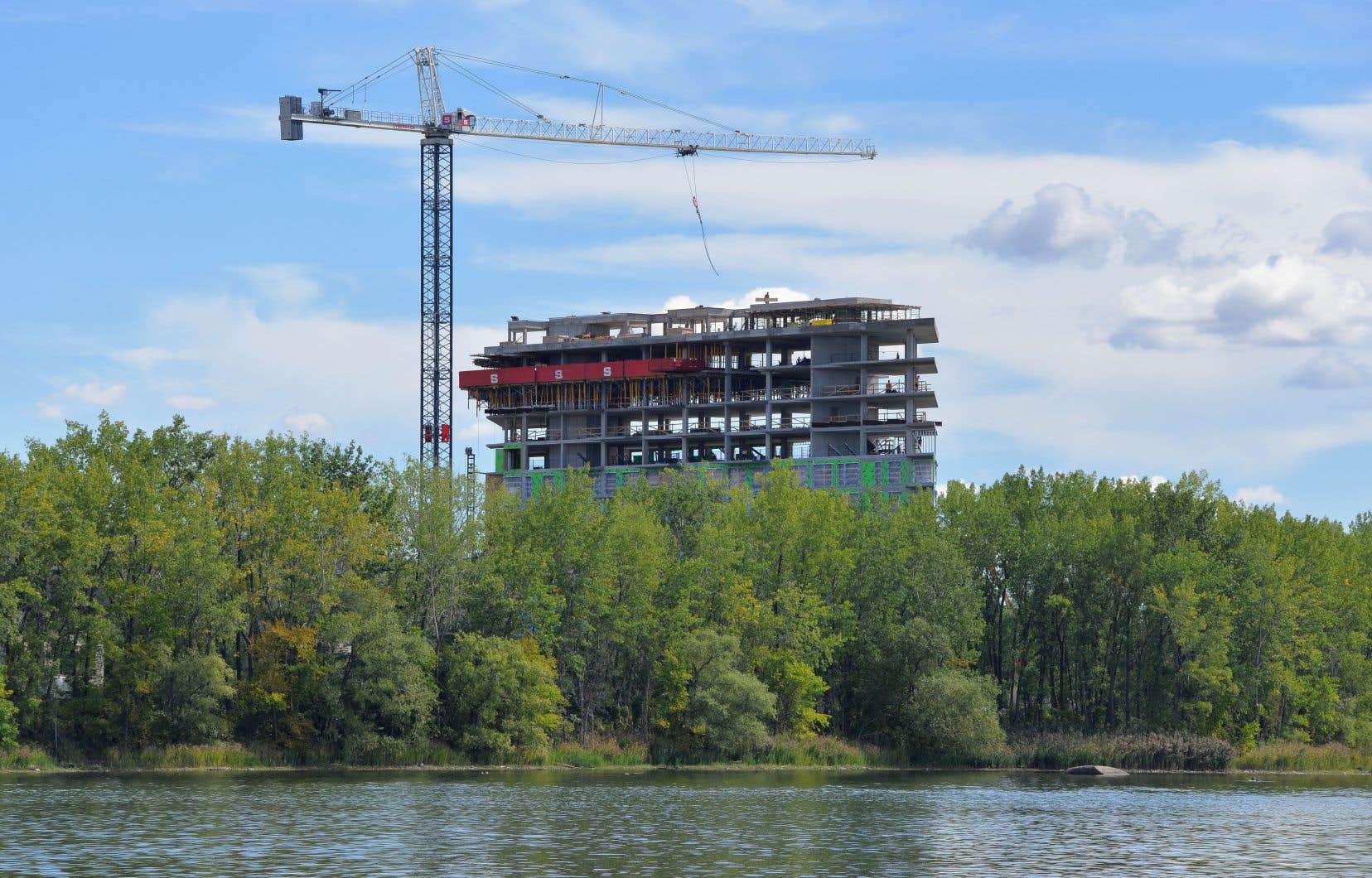The housing crisis is a phenomenon known for a long time, which evolves according to a multifactorial complexity. But the pressure on political decision-makers increases when it becomes difficult for members of the working and middle classes to find a roof over their heads.
Low rental vacancy rates, high interest rates, maintenance issues, inflation, real estate speculation, labor shortages, the need to house newcomers and the Quebec’s demographic evolution, just like the price of housing and the housing itself, are all factors at work in the current crisis.
We can already see what the future holds for the Montreal region by taking a look at Vancouver. With a vacancy rate below 1%, the British Columbia metropolis is currently experiencing one of the worst housing crises in Canada. As an indication, in the Montreal region, the housing vacancy rate was 2.3% in October 2022, while that of a balanced market is around 3%.
The warning signs are already sounding, as Andy Yan, director of the city studies program at Simon Fraser University in British Columbia, points out. “One of the major problems we have in Canada is that we haven’t built housing for low-income households for a very long time. And now we see the consequences. »
This affordability crisis should be at the heart of the concerns of the various governments.
However, urban sprawl continues without real social or affordable housing being built. In reality, real estate developers have not wanted to commit to building such accommodation for a long time, as several journalistic investigations have pointed out. A problem that could be summed up in a new expression: “Affordable housing, but not in my backyard!” »
The current housing crisis should not be an excuse to build quickly without thinking about all the principles put forward by the Sustainable Development Act. Today, a municipality like Laval, surrounded by highways, must deal with many major challenges: demographic projections revised downwards, a shortage of large urban parks, a lack of accessibility to green spaces and riverbanks, risks of flooding and drought, the presence of significant heat islands, air and water quality problems, noise pollution, sewer overflows, a lack of local services (including schools and daycare centres), traffic congestion, a decline in biodiversity, an increase in GHGs and the number of cars…
The challenge is titanic. If we want to deal with the housing crisis while preserving the quality of life and the environment, we must rely on the construction of social and affordable housing, on better management of the territory and, above all, on stopping urban sprawl on the last green spaces to build only inaccessible dwellings whose sale price is close to one million dollars!
